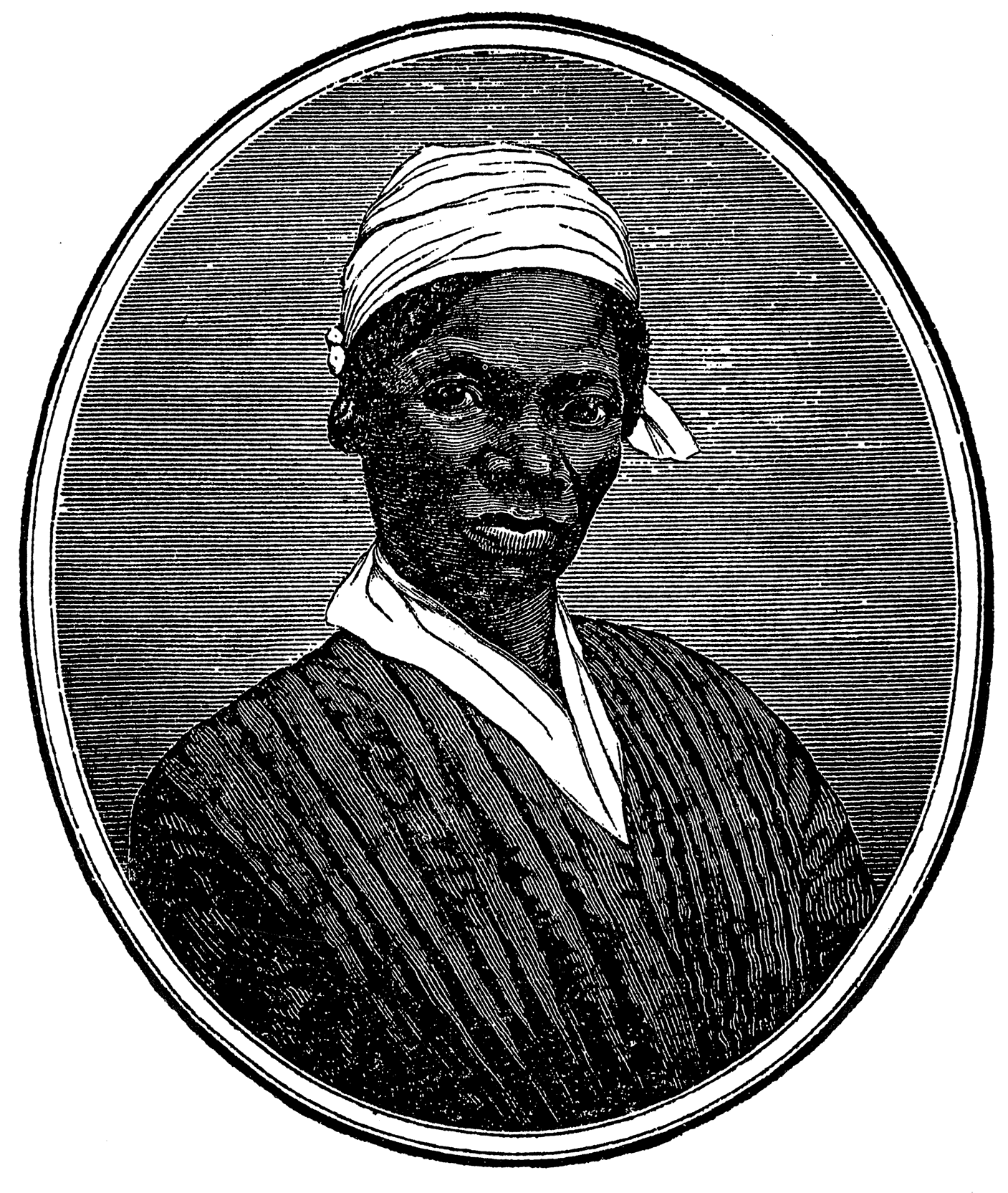Grades 3-7 Lesson Plan Using the Radical Equality Online Exhibit
Compare Founding Documents in American History
Lesson Overview
In this lesson, students examine the rights and responsibilities in America’s founding documents in light of the compelling story of dedicated abolitionists and the students own efforts to develop classroom rules.
Students/class will examine the founding constitution of the NAEI, an abolitionist utopian community of the 1840s. They will also examine a letter from James Stetson seeking to convince his wife that the family should join the NAEI. Students will compare the purpose, and rights and responsibilities between the NAEI constitution and the major founding documents of the nation.
PREVIOUS KNOWLEDGE RECOMMENDED
Students should know basic information about American slavery, sectional differences between North and South before the Civil War, and that abolitionists sought to end slavery. Students should have a basic background on the Northampton Association of Education and Industry (NAEI). (This could come simply from going to The Story room off the main exhibit page for the Struggling for Freedom online exhibit.) Students should know that the United States is organized under the U.S. Constitution. Students should know that English colonists, known as the Pilgrims due to their religious beliefs, began Plymouth Plantation in the early 1600s. Specific knowledge of the Mayflower Compact, Massachusetts Constitution, and U.S. Constitution and Bill of Rights will allow a deeper discussion.
Lesson Time
45 minutes to study and discuss the NAEI constitution. 45 minutes for a basic comparison of the founding documents. Linking this lesson to writing a class constitution (as fully described in the Teacher Room for this exhibit) could take an additional two or more hours.
Learning Objectives
By the end of the lesson, students will:
Know
- The purposes of the America’s founding documents, including the U.S. Constitution and Bill of Rights.
- The major rights and responsibilities outlined in America’s founding documents.
- The purposes and principles of the NAEI.
Understand
- Different founding documents have different purposes and so establish different rules for citizens.
- American government gets its authority from its citizens.
And Be Able to Do
- Compare and contrast different founding documents of the United States.
- Discuss the purposes of government.
- Present reasons for and against the founding of an organization or nation.
Language Objectives
- Students will read and/or hear a letter from the early 1800s.
- Students will read and discuss key American founding documents.
- Students will compare and contrast and write notes about different founding documents.
Essential Questions
- What are the core goals and principles on which the United States is founded?
- What are some of the major benefits of self-government?
- How have different groups of Americans in different times approach self-government?
Materials
All of the handouts and worksheets needed for this lesson are on the Downloads page. You can either download Word versions of the items or link to pdf files in Google Docs/Google Drive.
Procedures
PART 1: INTRODUCTION
- Ask students what it means to be self-governed. Ask for examples of self-government. Ask students to identify key differences between the examples.
PART 2: READ A PRIMARY SOURCE: "A Letter to Dolly Stetson" page.
- Remind students of the definition of a primary source.
- Class/students study the letter from James Stetson to Dolly Stetson.
- Ask the first set of questions listed on the page: "A Letter to Dolly Stetson." List James’es reasons for joining the NAEI.
- Explain that in order to understand this rich source of evidence about the past it is essential also to look at secondary sources. Remind students of the definition of secondary sources.
- Enter and read The Story on the background of the NAEI from the main page of the exhibit, “Struggle for Freedom.”
- Continue on the page "A Letter to Dolly Stetson" with “For Further Investigation.” Read the NAEI constitution and answer the second set of questions on that page.
- List the rights and responsibilities of the NAEI constitution.
PART 3: COMPARE DOCUMENTS
How you handle this part of the lesson depends on how much experience the students have with the founding documents. If they are new to the documents, let them explore each document on their own, but then guide them through the activity. They will need basic background on the circumstances in which each document came about. This lesson (and perhaps the one on writing a class constitution) would prove an excellent way to introduce the founding documents. If students have studied the founding documents, assign groups of students to compare each document to the NAEIconstitution.
- Read each founding document and answer the questions that go with each one.
- List rights and responsibilities under each document.
- Write a list comparing and contrasting the rights and responsibilities of each document.
- Discuss the similarities and differences. Discuss why.
PART 4: CONCLUSION
- Assign students to write an essay explaining the similarities and differences between two of the documents and to explain why they are different. They should cite specific passages from the documents to support their argument.
Link to Massachusetts Graduation Standards
This lesson uses an unfamiliar document, the NAEI constitution–and perhaps their class constitution–to engage students in thinking about the core purposes and features of some of America’s founding documents.
U.S. History I Graduation Standards
USI.31 Describe the formation of the abolitionist movement, the roles of various abolitionists, and the response of southerners and northerners to abolitionism. (H)
A. Frederick Douglass
B. William Lloyd Garrison
C. Sojourner Truth
D. Harriet Tubman
E. Theodore Weld



